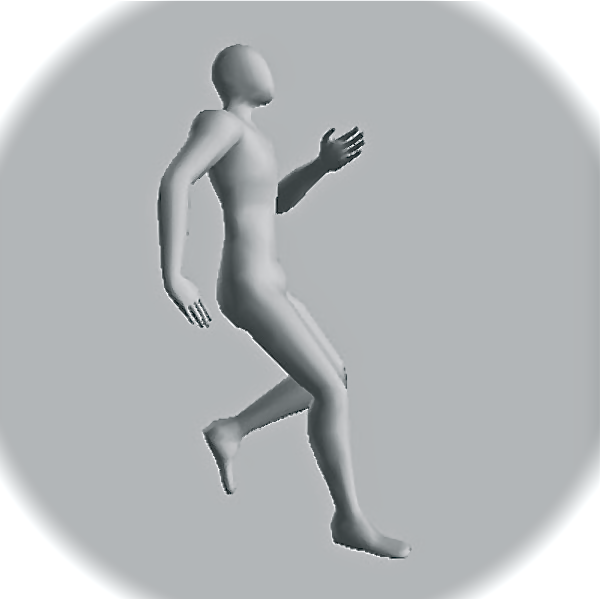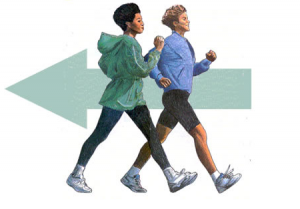We’ve all heard of barefoot running, in fact, there’s an entire shoe collection that caters to the style. In one way or another we’ve come to accept or at the very least understand the once eccentric idea of running with semi-naked feet.
It’s to be expected then that another unconventional running style would soon emerge and make heads turn.
While supporters of the barefoot movement claim that the footloose technique is the natural way to run, a small band of biomechanical experts believe that running in reverse prevents injury and burns more calories than the orthodox mode of running, all the while adding a little variety to an exercise regime.
For most CrossFitters, our experience of backward running probably only extends as far as a lap or two in our pre-WOD warm-up, but a recent study has shown why it may be worth using the method as a standalone training technique.
Researchers from the University of Milan conducted a study, which compared the effects of forward and backward running to find which was more effective for the human body. Their testing ground was that of a running track equipped with pressure sensors and cameras, designed to capture the movements of their participants.
Unsurprisingly, the study found that the group of runners struck the ground with their back foot when running in the forward motion, but the backward movement offered more promising results. When the group of runners ran backward they hit the ground with their forefoot and slanted forward, in effect firing different muscles than when they ran forwards.
The study found that forward running caused tendons and muscles to be pulled tight in the landing phase and then released during take-off, creating elastic energy just like a rubber band. In contrast, backward running created coiled tendons and muscles when landing and stretched ones during the launch phase.
In addition, researchers found that the runners used almost 30% more energy when running backward compared to when they ran forward at the same speed and they hit the track with far less force.
According to the leader of the study, Professor Giovanni Cavagna, running in reverse can benefit the conventional kind of running by offering a safer and greater training technique. He also suggests that it is a valuable form of exercise for those runners suffering with bad knees because it causes far less impact to the vulnerable joint.
Another recent study confirmed the belief that backward running burns more calories than the forward-facing mode. The study consisted of female college students who substituted their regular exercise routine for backwards running three times a week for 15 to 45 minutes.
At the end of the six-week study the participants lost close to 2.5% of their body fat, some promising results no doubt. Although I can’t help but think part of the reason we expel more energy, lies in the fact that we’re not conditioned to run backwards so our body is working harder to adjust to the foreign method (but hey I’m no expert).
Professor Cavagna does point out some downsides of reverse running, the obvious being you can’t see where you’re going so it would require a track when practiced and preferably not a footpath that backs onto a six lane highway. He also notes that it can cause muscle fatigue (as if we’re not used to that in CrossFit) so it should be incorporated slowly.
For running enthusiasts you’ll be pleased to know that you don’t have to compromise speed in the backward approach. The fastest (recorded) time for a 5km backward race is 19:31, a faster time than many of us can run with our better foot forward.



















Follow Us